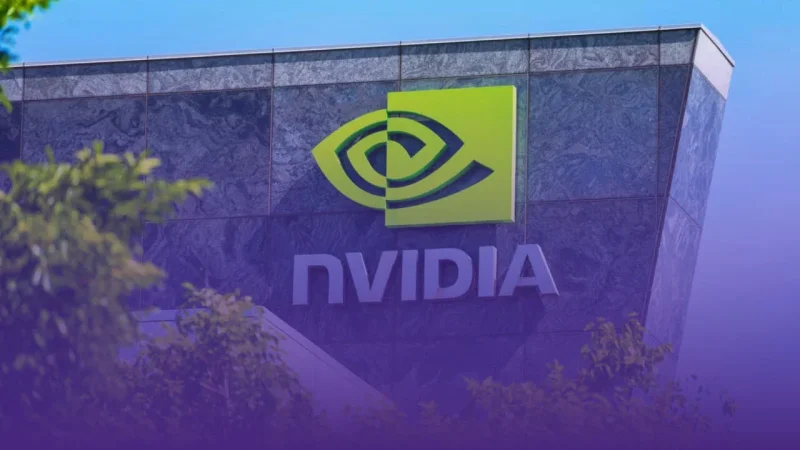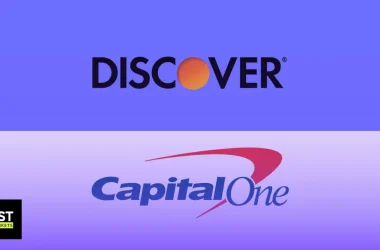The large AI market has continued gaining traction in 2024 as companies spent huge amounts of money on building up AI infrastructure, so that they don’t fall behind in the race to deploy and integrate the newest AI applications. According to one estimate, global spending on AI is expected to cross a whopping $200 billion this year, and chipmakers like Nvidia (NASDAQ: NVDA) have gotten so many investors rich thanks to this massive splurge. That is why HSBC (NYSE: HSBC) analyst Frank Lee recently raised his price target for NVDA stock to a staggering $1,350, and this implies an upside of around 47% from where the stock is trading at currently.
HSBC Bullish on NVDA Stock
Nvidia is set to report its Q1 results on May 22nd and analysts expect EPS to skyrocket over 400% to $5.91 a share. Additionally, revenue is expected to reach $24.4 billion, up 240% from the year-ago quarter. Analysts have continued to raise the bar for Nvidia, especially after the company announced its Blackwell platform for accelerated computing, and one of these analysts is HSBC’s Frank Lee. Recently, the bank raised its NVDA stock price target by $300 to $1,350, and also kept a buy rating. Moreover, HSBC sees fiscal 2026 revenue potentially reaching $196 billion.
HSBC isn’t the only investment bank that’s bullish on NVDA stock. In fact, UBS recently increased its Nvidia price target to $1,150 from $1,100, citing the impending arrival of its next-generation AI GPUs. UBS is expecting the company to deliver $175 billion in revenue in 2025, which will coincide with its fiscal 2026, along with earnings of $41 per share, and those estimates point towards a massive jump compared to Nvidia’s fiscal 2024 revenue of $60.9 billion and $12.96 EPS. If Nvidia does hit $41 per share in earnings in 2025 and trades at 30 times earnings, in line with the Nasdaq 100 index’s earnings multiple, its stock price could hit $1,230 within a couple of years, which would be a 36% jump from current levels.
Nvidia’s Dominance in AI Chips
The market for semiconductors powering AI applications is expected to deliver $341 billion in annual revenue in 2033, and the latest developments in the AI chip market signal that Nvidia, with a market share of over 80%, will remain the best bet for investors who want to capitalize on this tremendous opportunity. Some other investors make bets on other semiconductor companies like Advanced Micro Devices (NASDAQ: AMD) and Intel (NASDAQ: INTC), and it’s true that AMD is the second-largest player in the game, with its newly released AI chips that were well-received by big tech customers like Microsoft (NASDAQ: MSFT). However, Nvidia’s position as a dominant player isn’t likely to change anytime soon.
Potential NVDA Stock Split
The graphics processor market is projected to grow by 28% annually through 2030, and AI spending across hardware, software, and services is forecast to increase at 37% annually during the same period, which gives Nvidia a good shot at annual earnings growth of around 30% through the end of the decade. Therefore, Wall Street expects the company to grow EPS by 35% annually over the next three to five years.
As a result, NVDA stock will look pricey, and that’s why there’s a huge chance that we will see a NVDA stock split this year, or even during earnings. Nvidia’s last split was in 2021 and at the time, the share price was approaching $800. However, with the current trading levels around $900 per share, this may have ignited another stock split conversation in Nvidia’s boardrooms.
It’s always recommended to own more shares after a split, since the reduced per-share price means there’s room for greater potential price growth, and given Nvidia’s history of tremendous growth, this split will attract many new investors. Additionally, a stock split for Nvidia is more likely given the company’s emphasis on affordability for investors and the management’s prior actions.
However, questions such as whether investors should wait until after a split happens to load up on more Nvidia shares may arise. Well, it depends entirely on what you’re looking for. Buying before a split might mean purchasing at a higher per-share price, but you’ll own more shares after the split. On the other hand, if you’re looking to buy into a stock at a cheaper price, you may want to wait until after the stock split.
Additionally, you could just spread out your purchases so you don’t miss out on any potential gains as you wait for the split, and buy some shares before and some shares after and this goes for earnings as well. A stock’s price tends to be volatile during earnings, and we’ve seen many stocks smashing expectations this year, like Meta and AMD, but still dropping after earnings. Therefore, it might be best to spread out your purchases just to be safe. Also, keep in mind that while a split is likely, we don’t know if it’ll really happen, and NVDA stock has major upside without it, so buying is a great decision either way.
Disclaimer
Please visit and read our disclaimer here.









